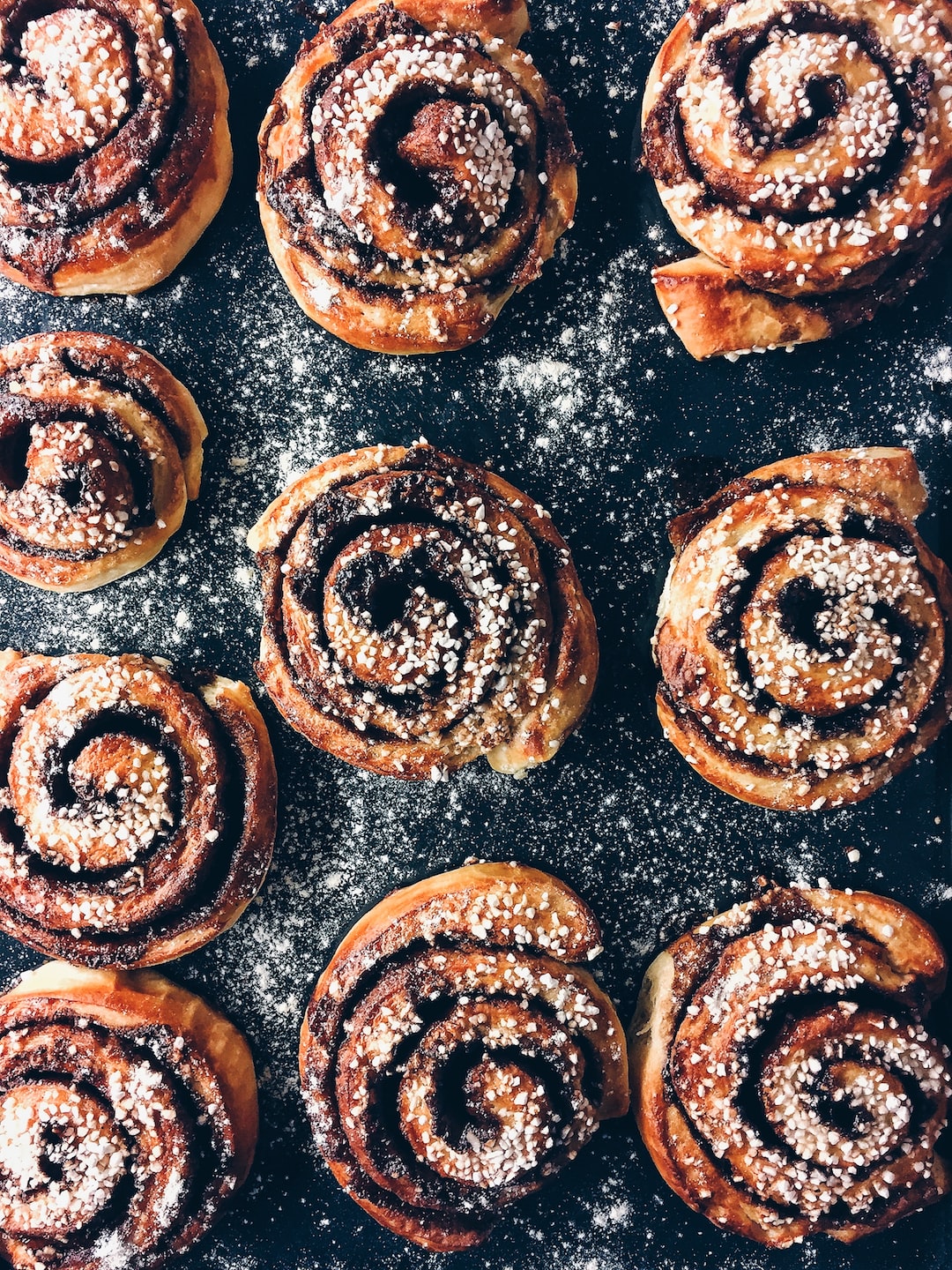The Ultimate Guide to Baking Perfectly Fluffy and Moist Cakes
There’s nothing more satisfying than biting into a slice of cake that is light, fluffy, and moist. However, achieving that perfect texture can sometimes feel like an elusive feat. But fear not! With the right tips and techniques, anyone can become a master cake baker. So grab your apron, dust off your mixing bowls, and let’s dive into the ultimate guide to baking perfectly fluffy and moist cakes.
1. Choose the right ingredients: Good quality ingredients are the building blocks of a delicious cake. Use fresh eggs, real butter, and high-quality flour and sugar for best results. Make sure all the ingredients are at room temperature before you begin, as this helps with proper mixing and aeration.
2. Measure accurately: Baking is a science, and precise measurements are crucial for a successful cake. Invest in a good set of measuring cups and spoons, and always follow the recipe closely. When measuring flour, spoon it into your measuring cup rather than scooping it directly from the bag, as this can lead to a dense and dry cake.
3. Cream your butter and sugar properly: Creaming butter and sugar together is an essential step that helps incorporate air into the batter, resulting in a lighter texture. Start with room temperature butter and beat it with the sugar until light and fluffy. Be patient, and continue beating for a few minutes until the mixture is pale and creamy.
4. Incorporate eggs one at a time: Adding eggs to the batter one at a time ensures that they are properly emulsified and evenly distributed. Beat each egg into the batter until fully incorporated before adding the next one. Adding a tablespoon of flour after each egg can also help prevent curdling.
5. Use the right mixing technique: Overmixing can lead to a tougher cake, so it’s important to know the right technique. When adding dry ingredients, use a gentle folding motion to incorporate them into the wet mixture. Avoid vigorous stirring, as this can activate the gluten in the flour, resulting in a denser cake.
6. Don’t skip the leavening agents: Baking powder and baking soda are essential for achieving that light and fluffy texture. Make sure your leavening agents are fresh and haven’t expired. Be mindful of the quantity called for in the recipe, as too much can cause the cake to collapse, while too little can result in a dense cake.
7. Pay attention to the temperature: Preheating your oven is crucial to achieve even baking. Make sure your oven is at the right temperature before placing your cake inside. Opening the oven too frequently during baking can cause fluctuations in temperature, resulting in an unevenly baked cake. It’s also important to let your cake cool completely before frosting or icing it, as the residual heat can cause your frosting to melt or slide off.
8. Add moisture with the right ingredients: To keep your cake moist, incorporate ingredients that add moisture. This can include buttermilk, yogurt, sour cream, or even fruit purees. These ingredients not only provide moisture but also enhance the flavor and tenderness of the cake.
9. Keep an eye on the baking time: Every oven is different, so it’s crucial to monitor your cake while it bakes. Check for doneness by inserting a toothpick or a cake tester into the center of the cake. If it comes out clean or with a few moist crumbs, your cake is ready. Overbaking can lead to a dry and crumbly texture, so make sure to remove your cake from the oven as soon as it is done.
10. Frost with care: When frosting your cake, ensure that the cake is cooled completely to avoid a puddle of melted frosting. Apply a thin layer of frosting, known as a crumb coat, before adding the final layer. This helps seal in any loose crumbs and gives you a smooth surface to work with. Take your time and enjoy the process of frosting, whether it is a simple buttercream or an elaborate fondant design.
By following these tips and techniques, you’ll be well equipped to bake perfectly fluffy and moist cakes every time. Remember to practice patience, attention to detail, and most importantly, have fun while you bake. So whip out your favorite recipes, experiment with flavors, and let your creativity soar in the world of cake baking!

